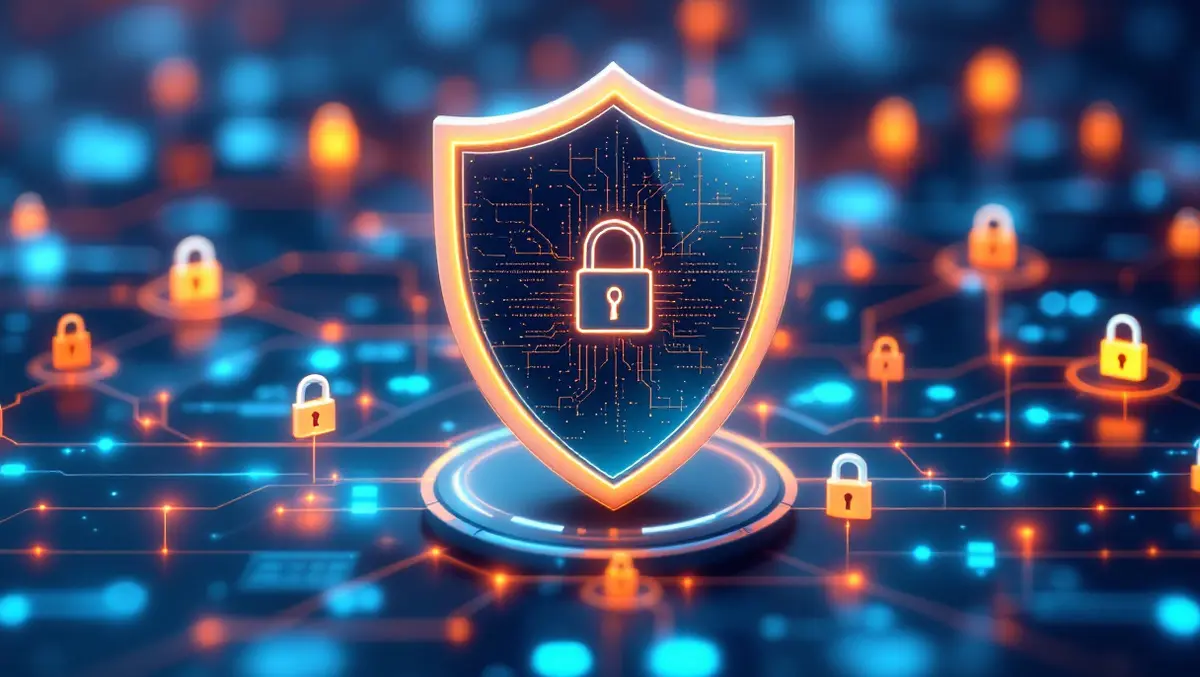
Essential Eight: Full cyber resilience through compliance
Most organisations look at the Essential Eight like it's just another box to tick — something you handle once a year to stay compliant. But it was never meant to be static. It's a flexible, evolving framework that helps you build long-term cyber resilience. If you're only using it to meet the bare minimum, you're missing out on the bigger value: risk reduction, operational continuity and trust.
From compliance to resilience
Compliance indeed keeps you out of trouble, but it doesn't guarantee your security. Most compliance checks are just a snapshot in time. You apply patches, restrict admin rights and review controls and move on until the next audit. Meanwhile, threats evolve, systems drift and gaps reappear.
Resilience is different. It's about preparing for the unexpected and setting up your IT systems to handle bumps in the road without bringing everything to a stop. The Essential Eight supports that mindset, but only if you treat it as a roadmap and not a one-off task list.
Before we move on, I'd like to highlight this complete Essential Eight Checklist for Australian businesses and IT departments. This can be very helpful for your compliance journey. Download here!
Understanding the Essential Eight as a maturity model
The Essential Eight has four maturity levels, each moving you from gaps and exposure to fully embedded and automated security practices. Here's how that progression works:
- Level 0 – gaps and vulnerabilities
Controls are missing or poorly implemented, leaving systems exposed to basic threats. This is where most attacks succeed.
- Level 1 – initial implementation
Controls are in place, but they're basic or inconsistent. Coverage is limited, and enforcement is manual or ad hoc.
- Level 2 – consistent enforcement
Most users, devices and systems are covered. Processes are more reliable, and controls are regularly applied and reviewed.
- Level 3 – embedded and automated
Controls are fully integrated into business operations. They're automated, monitored and continuously improved.
Reaching higher maturity levels is as much about building the right habits and mindset as it is about using the right tools. That kind of change doesn't happen overnight. It takes time, structure and the right support systems behind the scenes.
How mature cyber practices strengthen the business
When the Essential Eight is applied with consistency and maturity, the benefits go far beyond compliance. The payoff is real:
- Lower risk: Controls like application allowlisting, patching and multifactor authentication (MFA) block common attack paths used in ransomware and phishing campaigns.
- Better uptime: With fewer disruptions, your team spends less time firefighting and more time delivering value.
- Cost savings: Fewer incidents and faster recovery mean less spend on emergency fixes, data recovery or reputational repair.
- Stronger security culture: As practices become embedded, security awareness and accountability improve across the entire organisation, not just within IT.
- Simpler audits: With consistent controls in place and documentation built into your processes, audits become faster, smoother and less disruptive.
- Stronger trust: Customers, partners and boards gain confidence knowing cyber-risk is actively and responsibly managed.
This is where IT shifts from being reactive to becoming a steady force for stability and resilience across the business.
Why RMM matters more than ever
Starting the compliance journey can feel a lot like gearing up for a marathon, and staying aligned with the Essential Eight will test all your team's skills along the way. In that journey, a solid RMM is fundamental!
That's why one thing you'll need without question is a combination of 24/7 monitoring and automation. At Pulseway, for instance, we've been helping midsize and small businesses close the gap between what's required and what IT teams can reasonably sustain. To start strong and have consistency, we tackle the repetitive, high-risk tasks the Essential Eight relies on, such as:
- Automated patch management and reporting
- Application control and device lockdown
- Real-time monitoring for configuration drift
- Enforcing user access policies across environments
- Building strong native integrations for centralized backup and multi-layered cyber strategy
The goal is simple: Help IT professionals handle the heavy lifting through advanced automation. It takes the pressure off by automating many of the key controls in the Essential Eight — like patching, application control and limiting admin rights. That means your IT teams aren't scrambling to catch up before an audit. Manual effort becomes minimal, while security and compliance stay consistently strong.
Think the long-term
The checklist mentality might get you through an audit, but the resilience mindset is what keeps your business moving. The Essential Eight is the groundwork for long-term cyber resilience. When you adopt it fully and support it with tools like Pulseway RMM, you create a structure that protects uptime, reduces risk and strengthens trust across your organisation. And that's what makes the work worth it.

